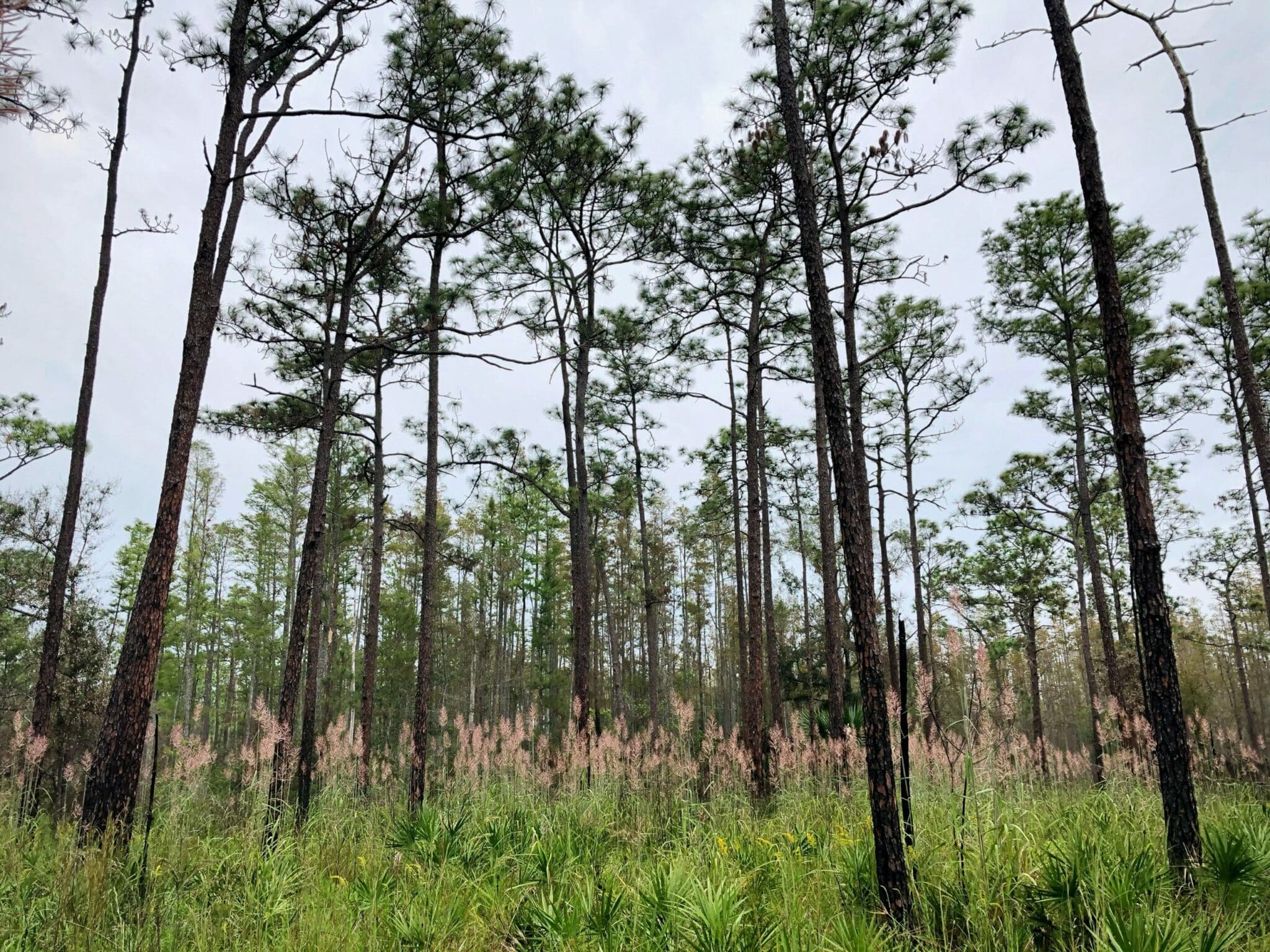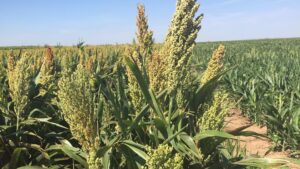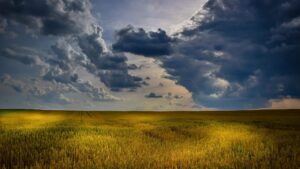An update on the exploration of how wild grass genetics can be used to improve corn and sorghum.
Editor’s Note: This piece has been updated to reflect a correction.
For many years, crop breeders have employed the strategy of adding genes from wild forms of a crop into varieties already bred for widespread cultivation, through crossing and other methods. Wild relatives can contain important genes that are either dormant or not present in their cultivated cousins, genes related to insect and disease resistance, drought/heat tolerance and much more. These traits, as anyone in crop farming knows, are growing in importance as the impacts of climate change ramp up.
Now, with corn and sorghum, extensive sampling of wild grass species from around the world combined with cutting-edge machine learning software is taking the “wild” approach to an entirely new level. About two years ago, researchers from the U.S. Department of Agriculture (USDA), Cornell University and other institutions began examining hundreds of non-cultivated species of the Andropogoneae group of grasses, which include corn/maize, sugarcane, and sorghum. “Domesticated” forms of these wild relatives have fed humans for millennia and are still found on more than 25% of our planet’s land mass. The efforts to gather wild grass samples is led by Elizabeth Kellogg and her team at the Donald Danforth Plant Science Center in St. Louis.
The work is being supported by a $5 million grant from the National Science Foundation and also includes collaborating researchers from University of California-Davis, Cold Spring Harbor Laboratory and Iowa State University. Both commercial and public-sector plant breeders will be able to use the results.
Project Details
Currently, the genomes of more than 700 wild grass species are being sequenced. After that, each genome will be compared to that of hundreds of other wild grass species and also to modern maize and sorghum varieties. In terms of the next steps, project lead Ed Buckler, geneticist at the USDA-Agricultural Research Service and adjunct professor at Cornell’s Institute of Biotechnology, expects the genetic data to be used in two ways to improve corn and sorghum.
One way is to reverse recent gene mutations in corn or sorghum genes that have occurred over the last few centuries, reverting the genes back to active forms still found in most cultivars and native wild grasses and relate to important yield-boosting traits.
“The first goal in this process is to identify ‘bad’ mutations in maize and sorghum and then selected against them,” Buckler explains. “The wild species help us identify what is bad. Machine learning enables us to analyze massive amounts of data to figure out how bad.”
For traits that are “adaptive” however, such as temperature and drought tolerance, the breeding strategies will be diverse.
“The wild species might highlight patterns that already exist in maize or sorghum, but we’ll need to cross unrelated germplasm to modern varieties get the result we want,” Buckler explains. “In other cases, gene editing will be needed to introduce the variation. Overall, the hope with learning from closely-related wild species is that we don’t have to introduce new genes, but rather change how when and where the genes are expressed.”
Gathering Wild Genetics
Some wild grass samples are being collected in fresh form from all around the world. “We do some collections ourselves, spearheaded by senior technician Taylor AuBuchon-Elder,” explains Kellogg. “We also have collaborators who send us samples. We’ve received, for example, 55 species from Madagascar from Maria Vorontsova at the Royal Botanic Gardens-Kew in the UK.”
The other type of sample is dried tissue taken from collections held at facilities such as the Missouri Botanical Garden. However, while the plant material found in these facilities is diverse, Kellogg explains that due to its age and the preservation treatments that may have been applied, the quality is not always good enough to make gene sequencing easy or possible.
The pandemic has obviously halted the travel required to obtain samples from around the world and AuBuchon-Elder’s most-recent trip was in the spring, to Puerto Rico.
“She and another lab tech drove around for a week and managed to get two plants from one grass species,” says Kellogg, “and they arrived back the day the U.S. government required a two-week quarantine period for returning travellers.”
But pandemic or not, the permit process required to take plant material out of various countries and into the U.S. has always been challenging.
“The permitting process is actually fairly simple for Puerto Rico because of it is part of the U.S.,” says Kellogg. “The hardest place in the world to complete the permit process is India. I’ve tried, others have tried and no one has had any success. There are several hundred wild Andropogoneae species there and getting samples from there is at the top of my wish list. Second to India, I’d like to get samples from Indonesia as we don’t have many from that region at this time.”
In terms of collecting samples within the U.S., the location that stands out for Kellogg is the Milnesand Prairie Preserve in New Mexico, owned by the Nature Conservancy (TNC).
“It’s never been plowed, like the millions of acres of the North American Tall Grass Prairie that have been plowed and converted to cropland,” she explains. “Cattle are grazed there, but the land management is amazing and the plants are really healthy. There are only small patches of the Tall Grass Prairie ecosystem left and TNC has been very helpful in protecting what remains.”
She adds that other organizations doing important conservation work include the National Park Service and state departments of conservation.
Other Uses of Data
Indeed, the advent of the pandemic has spurred some new conservation thinking by Kellogg and her colleagues. They’ve been brainstorming on how their dataset on about 1,200 Andropogoneae species can be used to protect these plants in the wild.
“We know that some widespread species exist on several continents, but there are many species with narrow distributions with particular ecological conditions,” Kellogg explains. “With detailed location information combined with the morphological and taxonomic data, we have started working to apply our knowledge of these grasses to global and regional biodiversity conservation goals.”
Currently, 74 species have been assessed for the International Union for Conservation of Nature (IUCN). They have preliminary assessments done for about 700 more.
The PanAndropogoneae team would like to create a priority list for possibly-threatened wild grass species, and make suggestions for setting up protections for them, but many questions around the process need to be answered. These include whether current standard conservation assessment protocols can be applied to large numbers of species and whether a secure repository exists for data that can play a role in official conservation assessments.
Besides using the wild grass genetics data for improving corn and sorghum and supporting the protection of wild grass biodiversity, Kellogg also believes the data can be used to build the knowledge about this group of plants, which at present is very sparse.
“We don’t know what makes certain species able to survive in specific environments,” she says, “or what the seed germination requirements are in different areas of the world, for example. There is almost no knowledge as these are wild plants but hopefully that will change in the years to come.”













